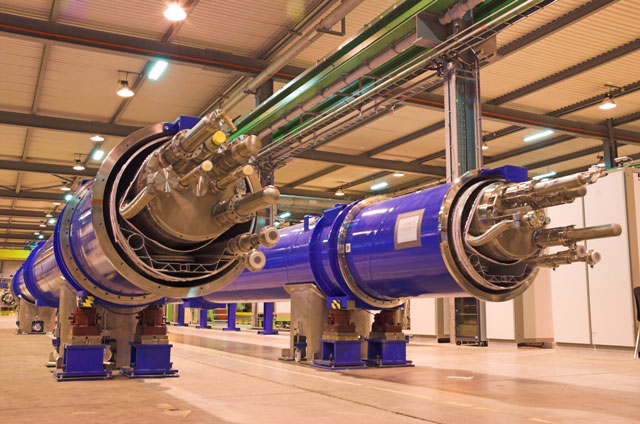
Today I tripped over a interesting application of science that will change how we look at our friend, the common house ant.
53 year old scientist Dr Mohamed Babu in Mysore, India was alerted to this phenomenon by his wife, who noted that when ants drank some spilled milk, their transparent rear segments would turn white.
Dr Babu decided to experiment with coloured sugar water and photographed the results. While the ants fed on the sweet liquid treats, they decorated their bums with the colour of their snack.


Honestly, this has absolutely no scientific application, but it does look pretty cool.
The effort that Dr Babu put in to the experiment is rather impressive. He discovered that the ants would gravitate toward the brighter colours, and found they only took up the blue and green droplets once the brighter droplets were too crowded. He had to develop a process where drops of different sizes were left in different locations of the paraffin observation area he crafted.
Also, if he didn’t get the picture he wanted Dr Babu would have to wait until the following day before the ants would return to feed.
Sometimes discovery can be fun, and I actually like the cute pictures of creepy little ants all decorated like they are supporting a sports team, or are from the same school.
I can just imagine these ants gossiping around the water drops: “I am eating the green stuff today. This is going to go straight to my ass!â€



